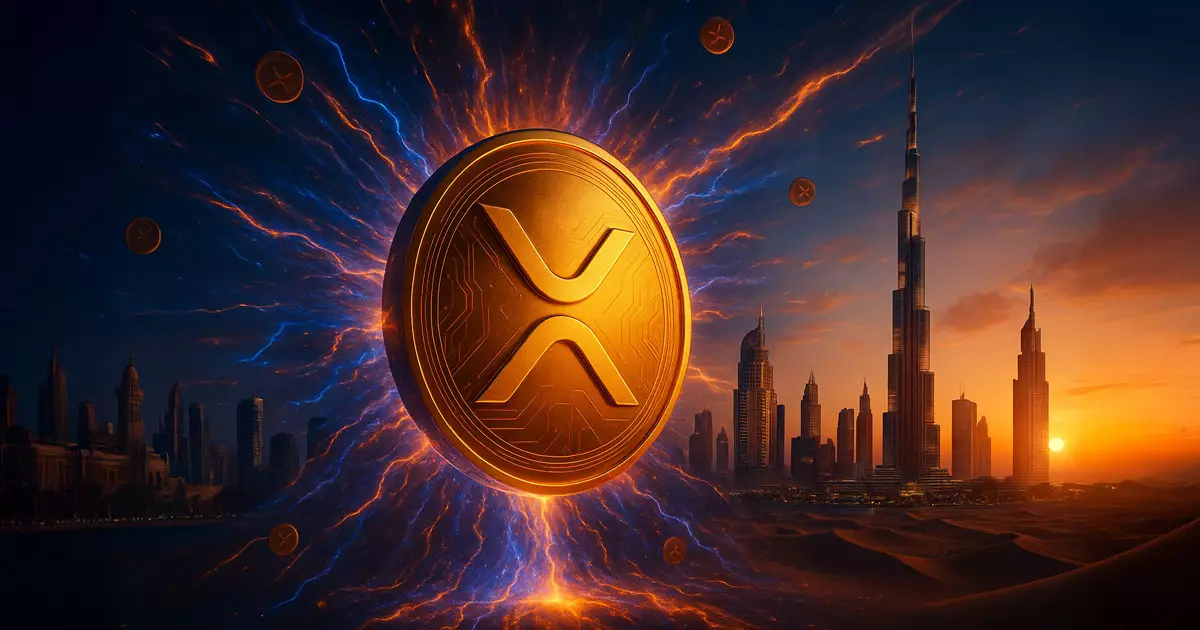Ripple’s RLUSD stablecoin has recently taken a monumental leap forward, expanding its circulating supply by an astonishing 29%. This $72.5 million boost has pushed the total supply to $320.6 million, breaking the long-elusive $300 million barrier. This surge represents a remarkable sixfold increase since the stablecoin’s inception on December 17, 2024, positioning it as a serious contender within the stablecoin ecosystem. Despite this impressive growth, it’s disheartening to note that RLUSD still claims only about 0.1% of the vast $236 billion stablecoin market, an area dominated by heavyweights like USDT and USDC.
Statistical Insights and Market Dynamics
The data surrounding the recent expansion tells a compelling story. A 38% spike in weekly transfer volume, rising from $469.7 million to $648.1 million, indicates a burgeoning interest in RLUSD among users. Although this figure approaches the peak transfer volume of $741 million recorded back in April, it still reveals a noticeable gap when compared to its prominent competitors. It is crucial to consider these statistics as windows into market sentiment; user adoption may be growing, but it’s evident that RLUSD needs to significantly ramp up its competitive edge to challenge the establishment.
Ripple’s Ascendancy in Regulatory Frameworks
Ripple’s strategic maneuvers, particularly its recent approval from the Dubai Financial Services Authority (DFSA), signify a calculated alignment with international regulatory standards. This endorsement means that RLUSD is poised to be integrated into Ripple’s payments platform, which is crucial for facilitating transactions among approximately 7,000 regulated entities within the UAE. This development enhances the legitimacy of RLUSD and could potentially attract more users who are wary of unregulated digital assets. With growing demand for digital-asset settlement and custody services throughout the region, Ripple’s presence feels increasingly entrenched.
The Future: Evolution through Integration
Looking ahead, Ripple’s acquisition of the prime brokerage platform Hidden Road presents a significant opportunity for RLUSD. By embedding the stablecoin into Hidden Road’s services, Ripple not only enhances its product offerings but also signals an intent to diversify its financial ecosystem. As Ripple’s Managing Director for the Middle East and Africa, Reece Merrick, asserts, the digital economy in the UAE is “vibrant and dynamic,” which could mirror user adaptability and pave the way for even further integration of blockchain technologies into traditional finance.
While the ostensibly meteoric rise of RLUSD presents a tantalizing prospect for both stakeholders and adversaries within the cryptocurrency landscape, one must remain skeptical. Will it evolve from a niche player into a prominent market force, or will it remain dwarfed by the behemoths that currently dominate the space? The prospect of RLUSD’s future indeed holds both promise and peril, encapsulating the duality of innovation amidst the volatile tides of the digital currency realm.















